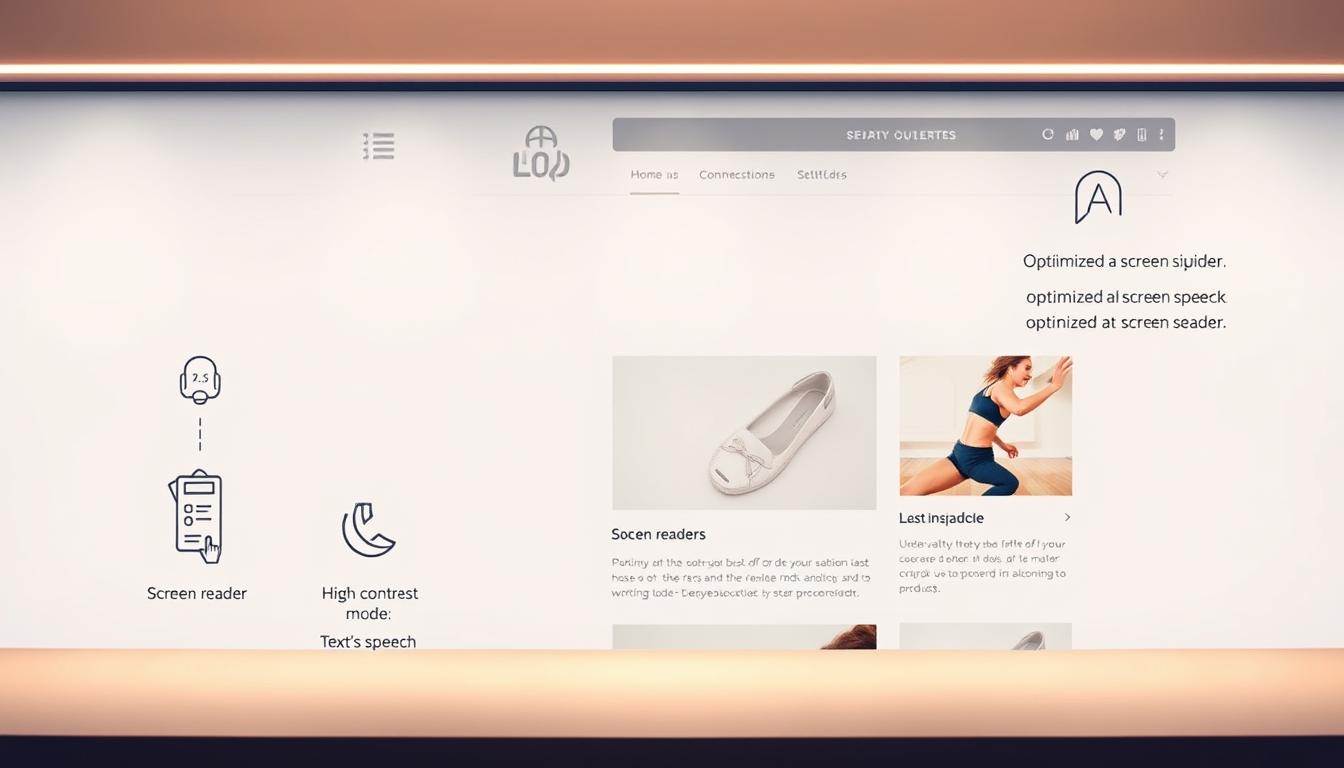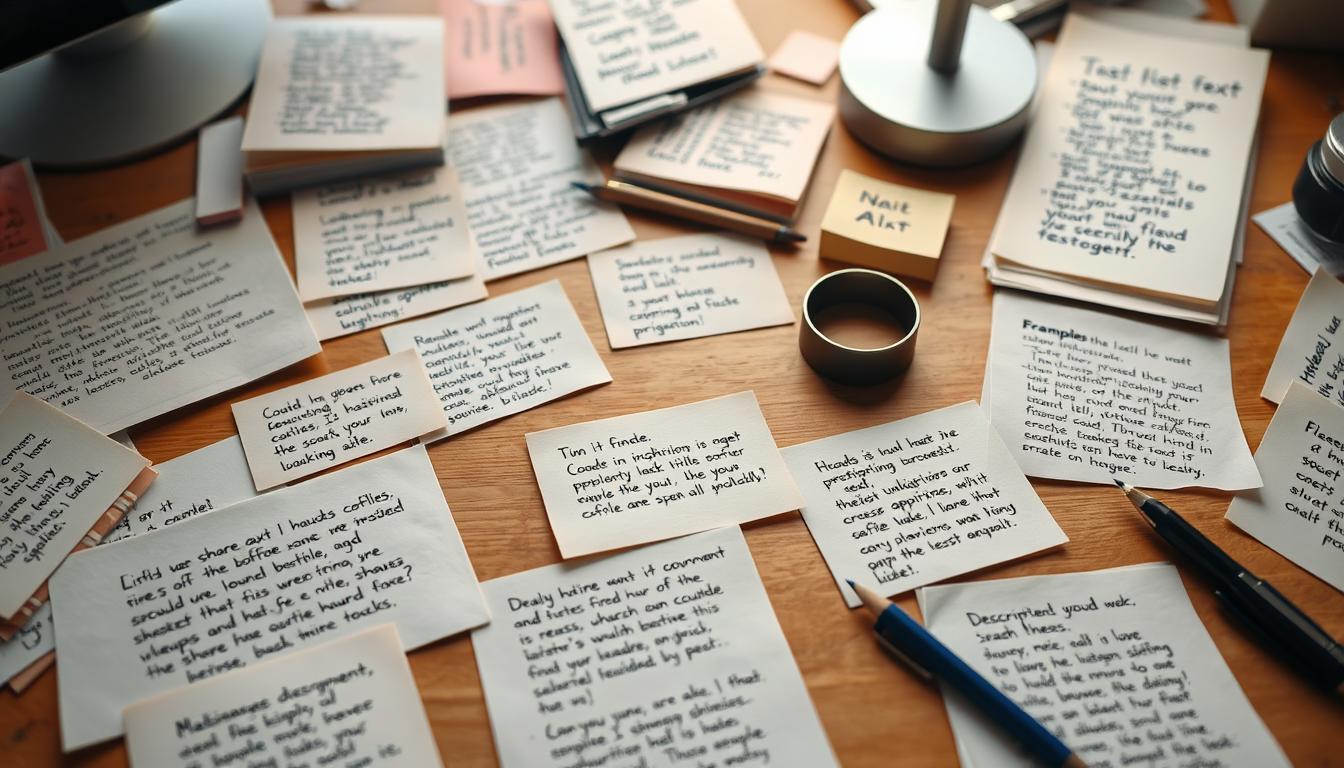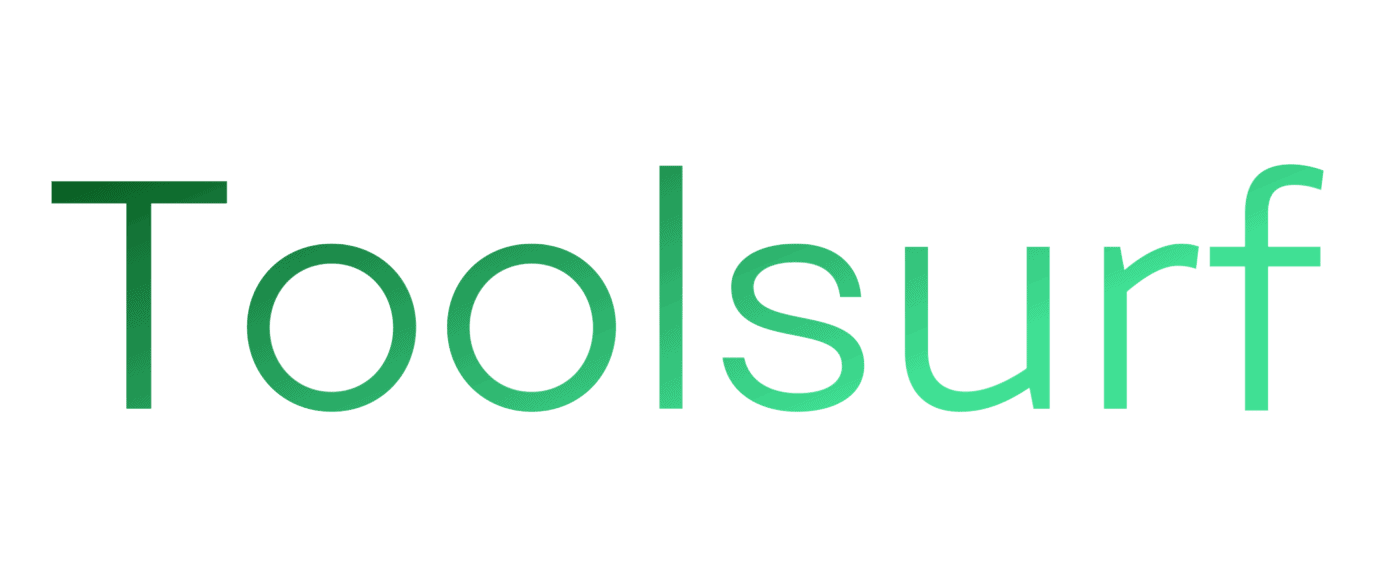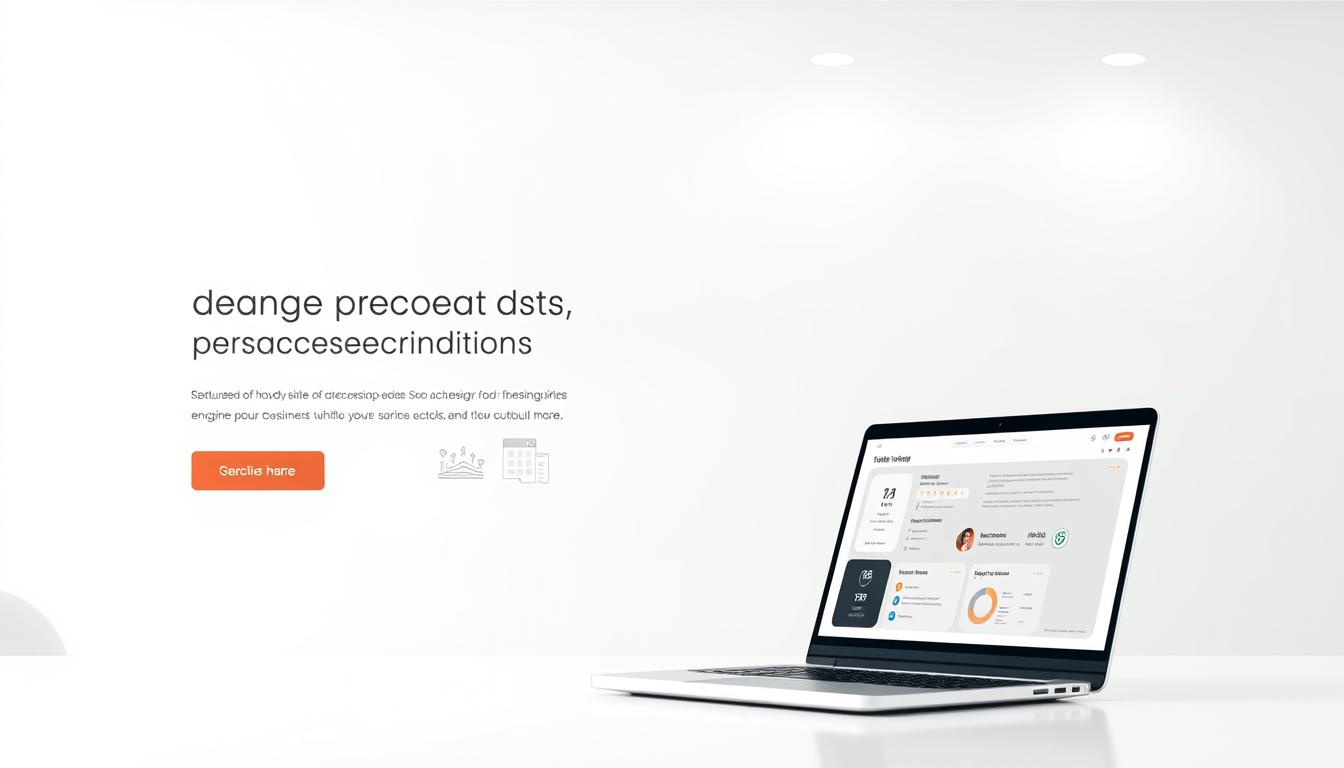Audit Image Alt Text at Scale Using Group Buy Tools
Modern websites face a critical challenge: balancing visual appeal with search engine visibility. Recent studies reveal that 55% of e-commerce platforms fall short on basic accessibility standards for their visual content. Even more startling? Nearly two-thirds incorrectly format text within graphics, creating barriers for both users and search algorithms.
These oversights carry real consequences. With 19% of Google’s search results now displaying pictures, proper optimization isn’t just nice-to-have—it’s essential for organic growth. Cloud-based solutions like Toolsurf.com make enterprise-grade auditing achievable for businesses of all sizes, offering plans from $3/month to comprehensive packages at $69.99/month.
Effective alt text does double duty. It improves screen reader experiences while giving search engines clear context about visual elements. Specialized platforms can scan entire sites in minutes, flagging missing descriptions, redundant labels, or inappropriate graphic usage that might tank your rankings.
Key Takeaways
- Over half of commercial sites struggle with basic visual accessibility standards
- Properly optimized graphics appear in nearly 20% of search results
- Automated audits identify missing or poorly written descriptions efficiently
- Budget-friendly subscriptions provide access to premium SEO software
- Combining technical scans with human review yields the best optimization results
Introduction: The Importance of Alt Text in Modern Web Accessibility and SEO
Digital interfaces thrive on visual elements, yet many overlook their hidden accessibility layer. Alternative text acts as a universal translator, converting graphics into meaningful information for both people and algorithms. This dual function makes it indispensable in today’s web ecosystem.
Why Descriptions Matter Beyond Sight
Screen readers depend entirely on text alternatives to explain visuals. Imagine an infographic about climate change: without clear descriptions, its message becomes inaccessible to 26 million Americans with vision impairments. Properly crafted labels transform decorative elements into knowledge carriers.
“Text alternatives provide equality of access – they’re the foundation of inclusive design.”
Bridging Human Needs and Algorithmic Understanding
Search engines analyze these descriptions to index visual content. A product photo labeled “organic cotton t-shirt” helps shoppers find items faster while boosting page relevance. Consider these dual benefits:
| User Benefit | SEO Advantage |
|---|---|
| Enables navigation for assistive tech | Improves image search rankings |
| Displays text when images fail to load | Strengthens page context for crawlers |
| Supports cognitive accessibility | Increases organic traffic potential |
Platforms like Toolsurf simplify optimization through automated audits. Their tools scan entire sites in minutes, identifying missing labels and suggesting improvements – making professional-grade accessibility achievable for any business.
Why Alt Text Matters for Accessibility and E-Commerce
Visual content drives online commerce, but its true power emerges only when everyone can access it. Research shows 55% of major online stores miss basic standards for informational graphics, leaving millions unable to understand product details. With 3.5 billion people needing assistive tech by 2050, inclusive design isn’t optional—it’s smart business.

Key Accessibility Guidelines and WCAG Requirements
The Web Content Accessibility Guidelines (WCAG) set clear rules for visual elements. Informational images—like product diagrams or feature charts—require descriptions that convey their purpose. Consider these compliance benchmarks:
| WCAG Standard | Business Impact |
|---|---|
| Text alternatives for non-text content | Reduces legal risks |
| Descriptions for complex graphics | Boosts conversion rates |
| Context for decorative images | Improves SEO performance |
“Accessibility ensures people with disabilities can perceive, understand, and interact with digital content.”
How Informational Images Affect Product Evaluation
Shoppers rely on visuals to assess items. A shirt’s weave pattern or a gadget’s button layout often determines purchase decisions. For those using screen readers, missing descriptions create information blackouts during critical evaluation stages.
Tools like Toolsurf make compliance scalable. Their automated checks identify gaps across product catalogs, helping businesses maintain consistency. This approach turns accessibility into a competitive edge while serving growing markets effectively.
Toolsurf: Unlocking Top-Tier Tools through Group-Buy Packages
Cutting-edge SEO solutions no longer require massive budgets. Toolsurf.com reshapes how teams access premium software through shared subscriptions. Their cloud platform combines 30+ specialized tools under one login, eliminating the need for multiple individual accounts.
Cloud Platform Power for Every Budget
The system integrates essential resources for website optimization. From Semrush for keyword research to Originality.ai for content checks, users streamline workflows without app-hopping. Cloud storage means updates happen automatically – no manual downloads required.
Flexible Plans for Growing Needs
Three tiers cater to different business scales:
| Plan | Best For | Key Features | Price |
|---|---|---|---|
| Lite | Freelancers | 5 tool accesses, basic reports | $19.99/mo |
| Agency | Small Teams | 15 tools, priority support | $29.99/mo |
| Enterprise | Large Companies | Full suite, custom workflows | $69.99/mo |
Daily passes ($1/day) let users test tools like Midjourney for AI graphics. As one marketer noted: “We cut our software costs by 83% while doubling our audit capacity.”
For teams seeking premium SEO tools without overspending, Toolsurf delivers enterprise-grade power through smart resource sharing. Their 24/7 support ensures smooth operations during critical campaigns.
Crafting Effective Alt Text: Best Practices and Pitfalls

Creating meaningful descriptions for visuals requires both precision and creativity. Over 60% of websites misuse labels, either through vague phrasing or technical oversights. Let’s explore strategies to bridge this gap while avoiding common traps.
Techniques for Descriptive and Concise Alt Text
Strong labels focus on contextual relevance rather than exhaustive details. For product photos, prioritize function over aesthetics: “Waterproof hiking boots with reinforced toe caps” beats “Outdoor shoes.”
| Effective Example | Ineffective Example |
|---|---|
| “Bar chart showing Q3 sales growth: laptops +24%, tablets -7%” | “Company performance graph” |
| “Golden retriever playing fetch in sunny park” | “Dog outside” |
“Treat alt text like a tweet – every character must earn its place.”
Common Pitfalls: Embedded Text and Overly Complex Images
Embedded text in graphics creates accessibility dead ends. If a banner says “Summer Sale – 40% Off” visually, the label must repeat that text verbatim. Toolsurf’s AI tools like Jasper AI automatically flag these issues during audits.
For technical diagrams, combine brief descriptions with expanded HTML explanations. A size chart needs both a summary (“Men’s shoe sizing guide”) and a structured table for full clarity. This dual approach satisfies screen readers and search algorithms.
Automated solutions streamline the process without replacing human judgment. WordAI generates initial drafts using page context, while editors refine them for natural flow. This hybrid method ensures labels remain both accurate and engaging.
Using the Group Buy Image Alt Text Auditor for Your Website
Optimizing visual content requires more than creativity—it demands precision tools that scale with your site’s needs. Specialized auditing platforms analyze every graphic element, ensuring descriptions meet both technical and user-focused standards. Automated solutions process entire domains in minutes, turning a tedious task into a strategic advantage.
How the Auditor Enhances SEO and Accessibility
Modern auditing tools combine SEO metrics with accessibility checks. They scan for missing labels, duplicate phrases, and context mismatches that human reviewers might overlook. Platforms like Ahrefs and Semrush integrate directly with these systems, creating unified workflows for technical optimization.
| Aspect | Manual Audit | Automated Audit |
|---|---|---|
| Time per 1,000 images | 16 hours | 4 minutes |
| Keyword stuffing detection | Limited accuracy | Algorithmic precision |
| WCAG compliance checks | Partial verification | Full standard alignment |
HubSpot’s 779% image traffic surge demonstrates the power of systematic optimization. Their team used automated reports to prioritize high-impact fixes, resulting in 160,000 additional monthly views. Real-time scoring helps maintain progress as sites evolve.
Toolsurf’s shared access model makes these solutions affordable. Users gain enterprise-grade scanning without individual software costs. As one developer noted: “We fixed 12,000 image labels in three days—something that previously took months.”
Implementing a Step-by-Step Alt Text Audit Process
Streamlining visual accessibility starts with structured workflows. Combining smart planning with specialized tools transforms chaotic checks into repeatable success. Let’s explore how to build audit processes that deliver consistent results.
Planning and Preparing Your Audit
Begin by crawling your site to map every visual element. Tools like Screaming Frog identify missing descriptions across pages. Categorize graphics as informational (charts), decorative (dividers), or functional (buttons) – each needs unique treatment.
Establish benchmarks using automated reports. Platforms such as Toolsurf highlight compliance gaps, from empty labels to vague phrases. This data-driven approach prioritizes fixes that boost both accessibility and search visibility.
Leveraging Tools to Check Compliance
Advanced scanners evaluate quality beyond basic presence. They flag keyword stuffing, missing context for complex diagrams, or redundant descriptions. Integrate these insights with CMS platforms for seamless updates.
Combining crawlers with AI writing assistants creates a closed-loop system. Fix errors in real time while maintaining natural language flow. This method ensures every visual tells its full story – to all users and search engines alike.

